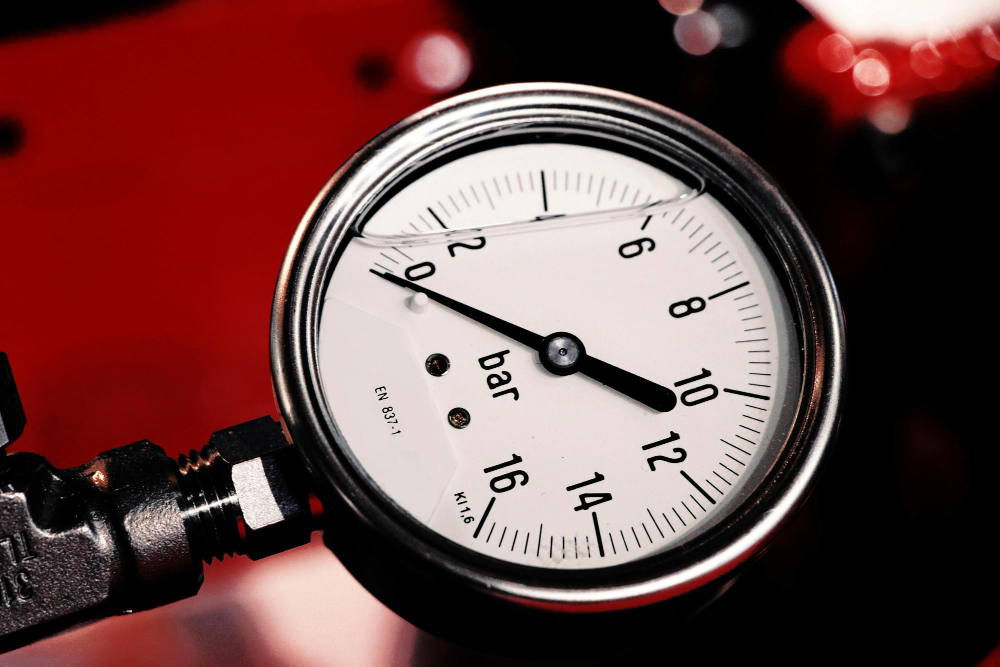The invention of the barometer in the 17th century marked a significant milestone in the history of science, revolutionizing our understanding of atmospheric pressure and weather forecasting. Developed by Italian scientist Evangelista Torricelli in 1643, the barometer provided a means to measure air pressure and predict changes in the weather with unprecedented accuracy. By observing fluctuations in barometric pressure, meteorologists could anticipate approaching storms, track atmospheric disturbances, and forecast weather patterns with greater reliability.
Insights into Air Pressure
Barometers played a pivotal role in unraveling the mysteries of the atmosphere, shedding light on the fundamental principles governing air pressure and atmospheric dynamics. Through meticulous experimentation and observation, scientists such as Torricelli, Blaise Pascal, and Robert Boyle elucidated the relationship between altitude, pressure, and density of air. The discovery that air exerts pressure exerted by air on its surroundings paved the way for groundbreaking advancements in meteorology, physics, and aviation, transforming our understanding of the natural world.
Barometers and Maritime Exploration
The advent of barometers had profound implications for maritime exploration, enabling sailors to navigate the high seas with greater precision and safety. By monitoring changes in barometric pressure, seafarers could anticipate approaching storms, gauge the intensity of winds, and plot more accurate courses for their voyages. Barometers became indispensable instruments aboard ships, guiding captains and navigators through treacherous waters and facilitating the expansion of global trade and exploration during the Age of Discovery.
Barometers in Experimental Research
Barometers became indispensable tools in the arsenal of experimental scientists, facilitating research across a wide range of disciplines, from physics and chemistry to geology and biology. By measuring variations in atmospheric pressure, scientists could conduct experiments to investigate the behavior of gases, study the properties of liquids, and explore the effects of altitude on human physiology. Barometers also played a crucial role in the development of theories such as Boyle’s Law, which describes the inverse relationship between the volume and pressure of a gas.
Barometers and Modern Meteorology
In the era of modern meteorology, barometers remain indispensable instruments for predicting weather patterns, monitoring atmospheric conditions, and issuing timely forecasts. From traditional mercury barometers to electronic pressure sensors, technological advancements have enhanced the accuracy and reliability of weather instrumentation, enabling meteorologists to track storms, monitor air quality, and assess climate trends with unprecedented precision. Barometric pressure data collected from networks of weather stations worldwide serve as vital inputs for numerical weather prediction models, guiding decision-making in agriculture, aviation, emergency management, and other sectors.
Barometers and Environmental Science
In the face of climate change and global warming, barometers play a critical role in monitoring shifts in atmospheric pressure and temperature, detecting trends in climate variability, and assessing the impacts of human activities on the environment. By tracking long-term changes in barometric pressure, scientists can analyze patterns of atmospheric circulation, monitor shifts in weather extremes, and evaluate the resilience of ecosystems to climate-related stressors. Barometers serve as essential tools for understanding the complex interactions between the atmosphere, oceans, and land surface, informing efforts to mitigate and adapt to the challenges of a changing climate.
Barometers and Technological Advancements
The legacy of the barometer extends beyond its scientific contributions, inspiring innovation and technological advancements in fields ranging from aerospace engineering to materials science. Barometric pressure sensors are integral components of modern aircraft, spacecraft, and weather monitoring systems, providing critical data for navigation, altitude control, and atmospheric research. From wearable fitness trackers to smart home devices, barometers find applications in consumer electronics, healthcare, and environmental monitoring, showcasing the enduring relevance of this humble instrument in the digital age.
In conclusion, the invention of the barometer revolutionized science and ushered in a new era of understanding in meteorology, physics, and environmental science. From its humble origins in 17th-century Italy to its ubiquitous presence in modern instrumentation and technology, the barometer continues to shape our understanding of the natural world and inspire innovation across diverse fields of inquiry. As we navigate the complexities of a rapidly changing planet, the legacy of the barometer serves as a reminder of the transformative power of scientific curiosity and ingenuity in advancing human knowledge and progress.


